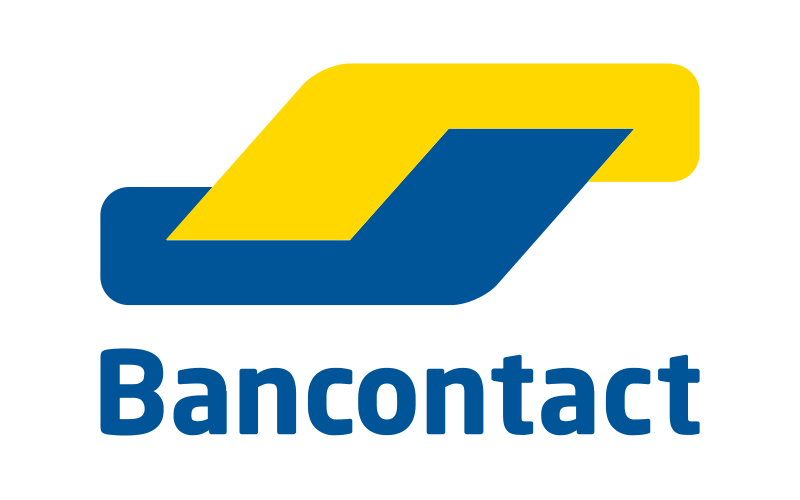Are you considering a bone graft in Istanbul, Turkey? This vibrant city is known for its rich history, stunning architecture, and advanced medical facilities. Bone grafting has become a common procedure that helps restore lost bone mass due to injury or disease. Whether you're dealing with dental issues, orthopaedic conditions, or reconstructive needs, understanding the ins and outs of this surgery can help you make informed decisions.
Istanbul offers a unique blend of modern medicine and traditional healing practices. Many people are turning to this destination, which has state-of-the-art clinics and skilled professionals for their healthcare needs. Let’s take a closer look at what bone graft surgery involves—its indications, benefits, techniques, materials available, and potential complications—and how DentaTur clinics provide quality care at competitive prices. Discover why choosing Istanbul may be your best option for achieving optimal health!

Indications and contraindications for bone graft surgery
Bone graft surgery is typically indicated for various conditions. It’s essential for patients with significant bone loss due to trauma, tumours, or infections. Dental implants often require bone grafting when the jaw lacks sufficient density.
Patients undergoing spinal fusion may also benefit from this procedure. The added support promotes better healing and stability during recovery. Additionally, individuals suffering from congenital disabilities might need it to restore normal function.
However, certain contraindications exist. Those with active infections near the surgical site should avoid the procedure until cleared by a healthcare professional. Individuals with systemic diseases like uncontrolled diabetes or immune disorders may face higher risks during recovery.
Pregnant women are generally advised against elective surgeries unless necessary. Evaluating these factors ensures safety and improves outcomes in bone graft procedures.
Advantages
Bone grafting offers numerous advantages for patients seeking dental restoration or orthopaedic solutions. One primary benefit is the ability to regenerate lost bone, which can enhance stability and support in areas affected by trauma, disease, or congenital disabilities.
Another significant advantage is improved functionality. Patients often experience better chewing ability and oral health with a successful graft. This leads to enhanced quality of life and increased confidence when smiling or speaking.
Additionally, bone grafting procedures are typically safe with minimal risks involved. Advanced technologies and techniques have made these surgeries more efficient than ever before.
Patients can also enjoy faster recovery times due to modern practices that prioritize healing. Integrating innovative materials further enhances success rates while minimizing discomfort during the process.
Bone grafting techniques
Bone grafting techniques have evolved significantly, offering various options tailored to patients’ needs. The most common method is autografting, where bone tissue is harvested from the patient’s body. This technique minimizes rejection risks and optimizes integration.
Allografts use donor bone sourced from a tissue bank. While this reduces the patient's surgical time, careful screening ensures safety and compatibility.
Xenografts utilize animal-derived materials, typically bovine or porcine bones. They serve as scaffolds that promote new bone growth while minimizing immune responses.
Synthetic grafts are composed of biocompatible materials designed to mimic natural bone characteristics. These can be customized for specific applications and offer consistent results without requiring donor sites.
Each technique has advantages based on individual circumstances and treatment goals, allowing dental professionals in Istanbul to provide specialized care for varying cases.
Bone grafting materials
Bone grafting materials play a crucial role in the success of bone graft procedures. They can be classified into several categories, each with unique properties.
Autografts are taken from the patient’s body, often from areas like the hip or jaw. This method minimizes rejection but requires an additional surgical site.
Allografts come from human donors and are processed to ensure safety and sterility. They provide a reliable option without requiring extra surgery on the patient.
Xenografts originate from animals, typically bovine sources. These materials offer excellent structural support and biocompatibility for patients who may not want autografts.
Synthetic options of biocompatible substances such as calcium phosphate have gained popularity due to their consistency and availability.
Choosing the right material depends on individual needs, specific conditions, and surgeon recommendations. Each type offers distinct advantages that contribute to effective healing outcomes.
Complications
While bone graft surgery is generally safe, it can have complications. Infection is a notable risk. Bacteria may infiltrate the surgical site, causing inflammation and delayed healing.
Another possible issue is graft rejection. The body might not accept the transplanted material, leading to the procedure's failure. This situation often requires additional interventions.
Nerve damage is also a concern during bone graft procedures. Patients may experience numbness or tingling in surrounding areas if nerves are inadvertently affected.
There could be issues with postoperative pain management. Some individuals find it challenging to control discomfort after surgery despite medication efforts.
Awareness of these potential complications can help patients make informed decisions about their treatment options and effectively prepare for recovery.
Price of bone graft surgery in DentaTur clinics in Turkey
When considering bone graft surgery, price is often a crucial factor. At DentaTur clinics in Turkey, you can expect competitive pricing without compromising quality. The cost of bone graft procedures varies depending on several factors, such as the type of graft needed, the complexity of the case, and the additional treatments required.
Compared to many Western countries, prices for bone grafts in Istanbul start at a reasonable rate. This affordability attracts numerous international patients seeking high-quality dental care and significant savings.
DentaTur provides comprehensive packages that include consultations, treatment plans, and follow-up care. This approach ensures transparency in pricing while delivering excellent service throughout your journey.
Patients can also benefit from various financing options to make treatments more accessible. With skilled professionals and modern facilities available in Istanbul's DentaTur clinics, patients are assured they will receive exemplary care at an attractive price point.
Choosing to undergo bone graft surgery at DentaTur offers financial advantages and access to experienced specialists who prioritize patient satisfaction and safety.
Bone Graft frequently asked questions
How much does bone grafting cost in Turkey?
The cost of bone grafting in Turkey can vary depending on the complexity of the procedure, the type of graft material used, and the clinic's location. On average, prices range from $200 to $800 per graft site. It's advisable to consult with specific clinics for precise quotes.
How much does a typical bone graft cost?
In general, the cost of a bone graft in many countries ranges from $300 to $3,000 per site. This variation depends on factors such as the type of graft material (autograft, allograft, xenograft, or synthetic) and the procedure's complexity.
Can a regular dentist do a bone graft?
While some general dentists may perform simple bone grafts, more complex cases are typically handled by specialists such as oral surgeons or periodontists. It's important to ensure that the dentist has the necessary experience and training for the procedure.
What is the best site for a bone graft?
The best site for a bone graft depends on the specific dental needs. Common sites include the jawbone areas where dental implants are planned. The choice of site is determined by the amount of bone loss and the intended restoration.
What is the safest bone graft?
Autografts, which use the patient's own bone, are often considered the safest option due to their high compatibility and low risk of rejection. However, allografts (donor bone) and synthetic materials are also safe and widely used, depending on the clinical situation.
Is bone graft more painful than implant?
Pain levels can vary between individuals, but bone grafting is generally considered to be less painful than dental implant placement. Both procedures involve some discomfort, which can be managed with pain medication and proper aftercare.
Why is bone grafting so expensive?
Bone grafting can be costly due to the complexity of the procedure, the need for specialized materials, and the expertise required. Additionally, the process may involve multiple visits and advanced imaging techniques, contributing to the overall cost.
How long do bone grafts take to heal?
Bone grafts typically take 3 to 6 months to fully heal and integrate with the existing bone. The healing time can vary based on the graft size, location, and the patient's overall health and healing capacity.

Select a city of your choice and easily plan your treatment.
Stay informed! Receive tips, news, and exclusive discounts.
Directly to your email
Your privacy is our priority; we only reach out with important and valuable health-related content.

Secure payment methods





















